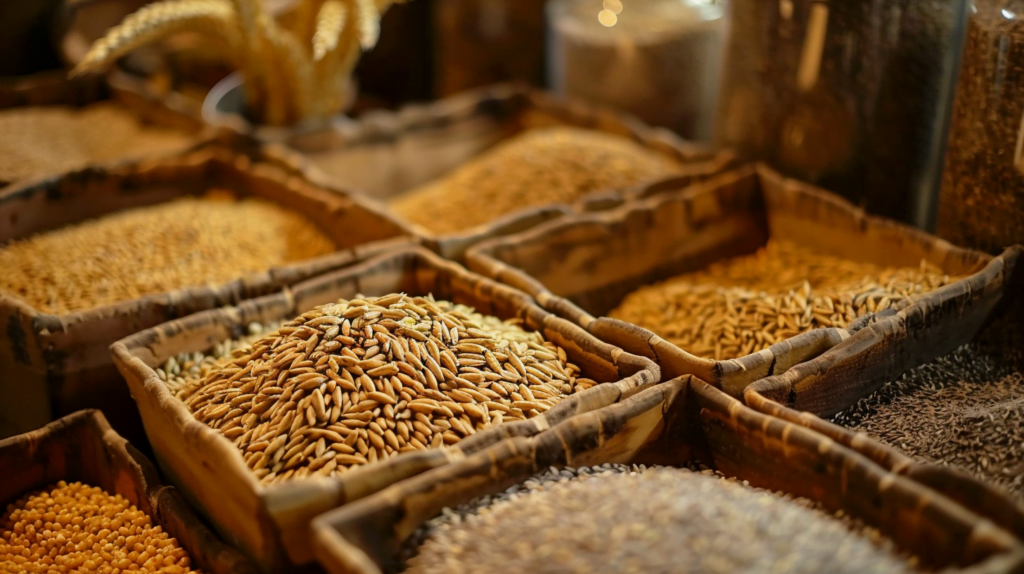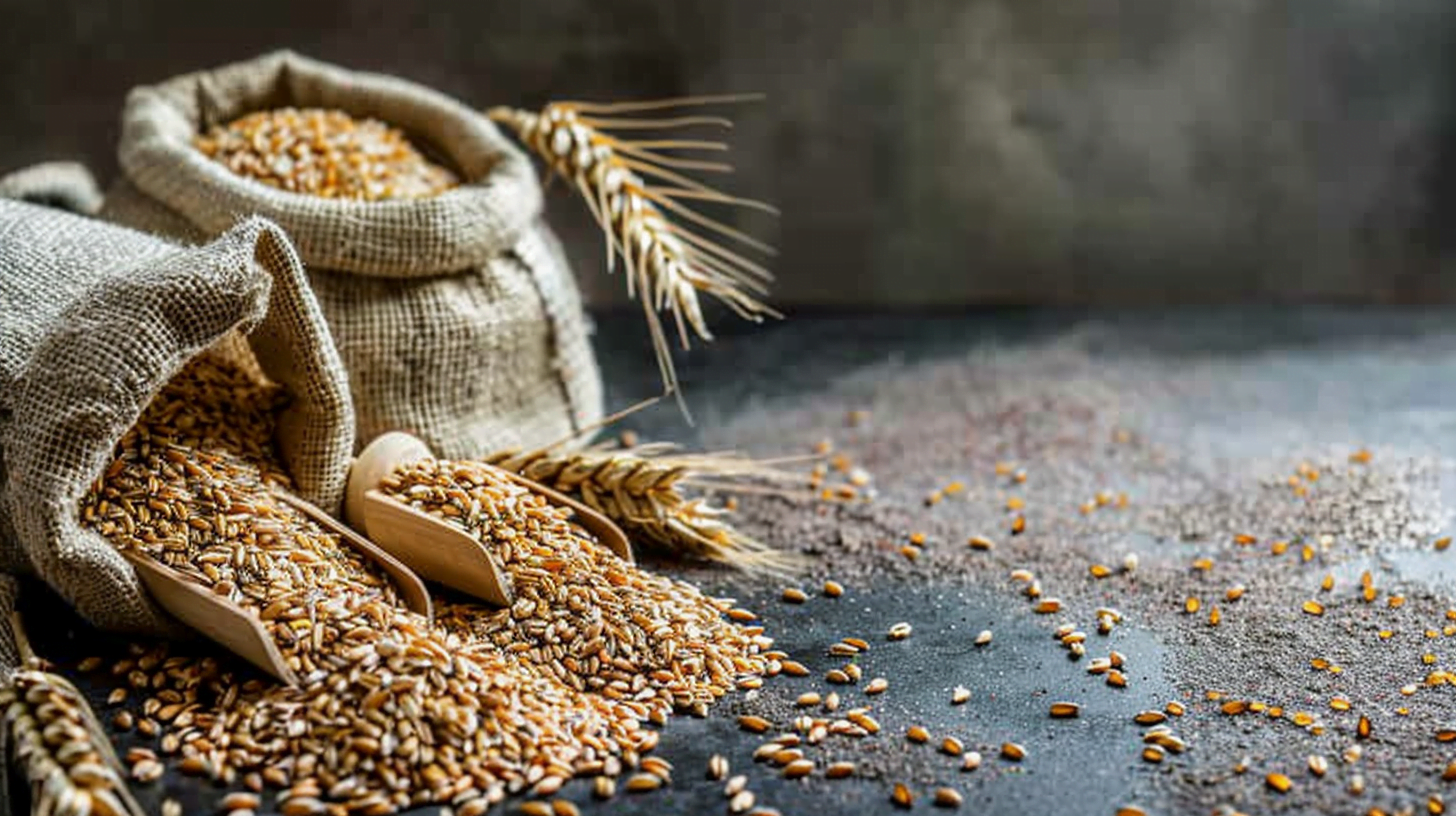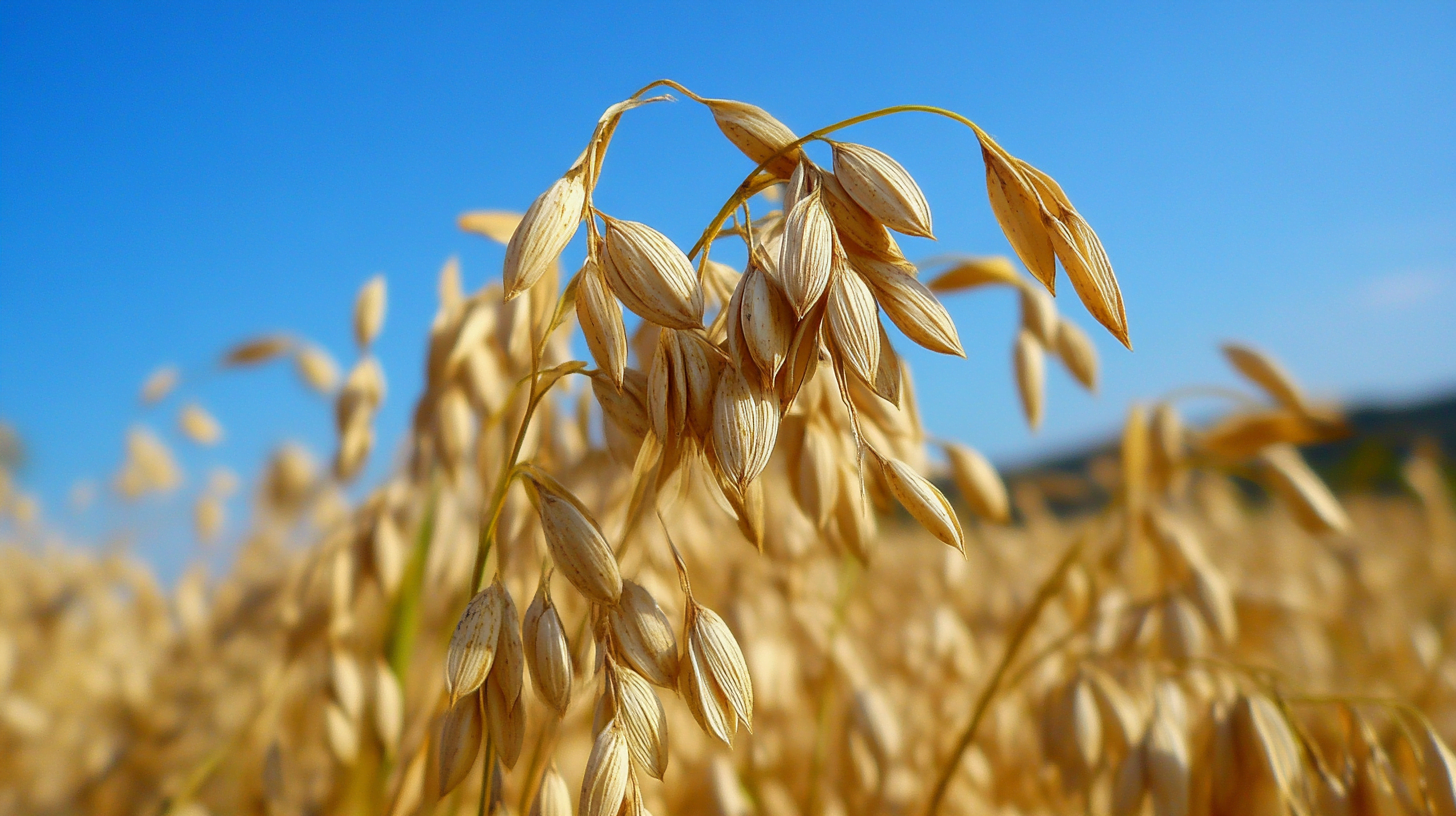Table of Contents
Rye, a hardy cereal grain with a rich history, plays a significant role in global agriculture and trade. This article aims to identify the top rye-exporting country and explore related topics, providing an in-depth understanding of the global rye market.
Understanding Rye
Rye (Secale cereale) is a grass grain closely related to wheat and barley. It is known for its distinctive flavor, nutrient profile, and adaptability to harsh growing conditions. Rye thrives in cool climates and can grow in poor soils, making it an important crop in regions where other grains may struggle.
Rye is used in various applications, including:
- Food: Rye flour is used to make bread, crackers, and other baked goods, imparting a unique flavor and texture.
- Beverages: Rye is a key ingredient in whiskey and beer production, contributing to the distinct taste profiles of these alcoholic beverages.
- Livestock feed: Rye is used as a nutritious feed for cattle, pigs, and other livestock.
- Industrial applications: Rye straw is used in the production of paper, packaging materials, and biofuels.
Global Rye Production
Rye is cultivated worldwide, with several countries leading in production. According to the Food and Agriculture Organization (FAO), the top five rye-producing countries in 2019 were:
| Country | Production (tonnes) |
|---|---|
| Russia | 1,428,535 |
| Poland | 1,189,498 |
| Germany | 831,300 |
| Belarus | 451,927 |
| Ukraine | 333,930 |
Factors influencing rye production include climate, soil quality, farming practices, and economic incentives. Countries with suitable growing conditions and strong agricultural support tend to be major producers of rye.

International Rye Trade
Rye is an important commodity in global trade, with several countries relying on exports to meet their domestic demand. The major rye-importing countries include Japan, South Korea, and the United States, driven by their need for rye in food production and livestock feed.
Trade regulations, tariffs, and agreements play a crucial role in shaping the global rye market. For example, the European Union’s Common Agricultural Policy (CAP) provides support and subsidies to rye farmers, influencing production and trade within the region.
Top Rye-Exporting Countries
Based on data from the International Trade Centre (ITC), the top five rye-exporting countries in 2020 were:
- Poland: Poland is the world’s largest rye exporter, with exports valued at $84.5 million in 2020. The country’s favorable climate, strong agricultural tradition, and competitive pricing contribute to its dominance in the global rye market.
- Germany: Germany, known for its high-quality rye bread and whiskey production, is the second-largest rye exporter. In 2020, Germany’s rye exports were valued at $33.7 million, with key destinations including the Netherlands, Austria, and France.
- Canada: Canada is the third-largest rye exporter, with exports valued at $28.3 million in 2020. The country’s vast agricultural land and advanced farming practices enable it to produce high-quality rye for the global market.
- Russia: Russia, the world’s largest rye producer, is also a significant exporter. In 2020, Russia’s rye exports were valued at $17.6 million, with key destinations including Turkey, Latvia, and Kazakhstan.
- Denmark: Denmark rounds out the top five rye exporters, with exports valued at $16.1 million in 2020. The country’s rye exports are known for their high quality and are primarily destined for other European countries.
The Leading Rye Exporter: Poland
Poland’s success as the world’s leading rye exporter can be attributed to several factors:
- Agricultural practices and infrastructure: Poland has a long history of rye cultivation and has invested in modern agricultural infrastructure, enabling efficient production and processing of rye.
- Government support and incentives: The Polish government provides support and incentives to rye farmers, encouraging production and exports.
- Comparative advantages: Poland’s climate and soil conditions are well-suited for rye cultivation, giving the country a comparative advantage in the global market.
Poland’s key export destinations include Germany, the Netherlands, and Spain, with the European Union being the primary market for Polish rye. However, the country also faces challenges, such as competition from other rye-producing nations and the need to adapt to changing consumer preferences.
Rye Export Trends and Forecasts
Over the past decade, global rye exports have experienced fluctuations due to various factors, including weather conditions, economic changes, and shifts in consumer demand. However, the overall trend shows a steady increase in rye trade, with emerging markets in Asia and Africa presenting new opportunities for growth.
According to market research, the global rye market is projected to grow at a compound annual growth rate (CAGR) of 4.5% between 2021 and 2026. This growth is driven by factors such as increasing demand for healthy and organic food products, the popularity of rye-based beverages, and the expanding use of rye in livestock feed.
However, the rye export market also faces potential disruptors, such as climate change, trade disputes, and shifts in agricultural policies. Exporters must remain agile and adapt to these challenges to maintain their competitive edge.
Sustainability in Rye Exports
As global awareness of environmental issues grows, sustainability has become a key focus in the rye export market. Sustainable farming practices, such as crop rotation, reduced tillage, and integrated pest management, are being adopted by top rye-exporting countries to minimize the environmental impact of rye cultivation.
Certifications and standards, such as the Global G.A.P. and the Sustainable Agriculture Initiative (SAI) Platform, provide guidelines for sustainable rye production and help exporters demonstrate their commitment to sustainability.
Initiatives to promote sustainable rye trade, such as the Sustainable Rye Initiative (SRI) in Europe, bring together stakeholders from across the supply chain to develop and implement sustainable practices in rye production and trade.

Conclusion
Poland emerges as the world’s leading rye exporter, driven by its favorable agricultural conditions, strong government support, and comparative advantages. However, the global rye market is dynamic, with emerging trends, opportunities, and challenges shaping the future of rye trade.
As the world continues to prioritize sustainability and healthy food options, the rye export market is poised for growth. By adopting sustainable practices and staying attuned to changing consumer preferences, rye exporters can capitalize on these opportunities and contribute to a more resilient and responsible global food system.
FAQs
- What are the health benefits of consuming rye?
Rye is a nutritious grain, rich in fiber, vitamins, and minerals. It has been linked to various health benefits, including improved digestion, better blood sugar control, and reduced inflammation. - How does rye compare to other grains in terms of nutritional value?
Compared to wheat and other common grains, rye is higher in fiber and certain nutrients, such as magnesium, potassium, and vitamin B6. It also contains unique compounds, such as lignans and phenolic acids, which offer additional health benefits. - Can rye be grown in various climates, or is it limited to specific regions?
Rye is a versatile crop that can grow in a wide range of climates, from cool temperate regions to subtropical areas. It is particularly well-suited to cooler climates and can tolerate poor soil conditions better than other grains. - What are some popular rye-based products in different countries?
Rye-based products vary across countries and cultures. In Europe, rye bread is a staple in many countries, such as Germany, Poland, and Russia. In the United States, rye whiskey and rye beer are popular beverages. Scandinavian countries are known for their traditional rye crispbreads. - How has the COVID-19 pandemic affected global rye trade?
The COVID-19 pandemic has disrupted global trade, including the rye market. Supply chain disruptions, changes in consumer behavior, and economic uncertainties have impacted rye production and trade. However, the full extent of the pandemic’s effects on the rye market is still unfolding, and exporters must remain adaptable to navigate these challenges.



